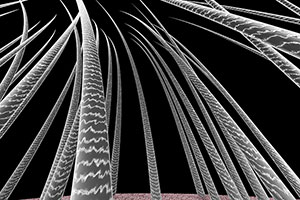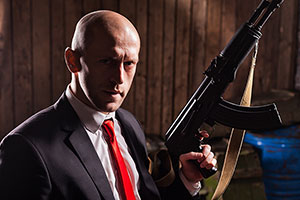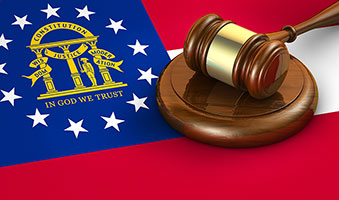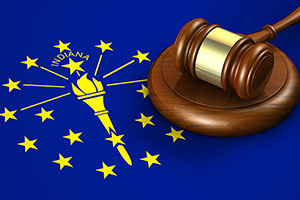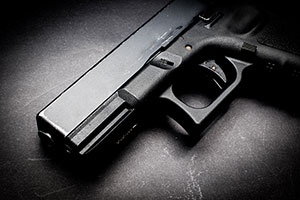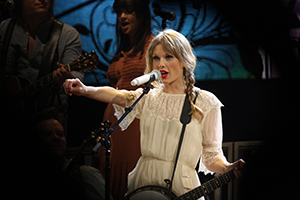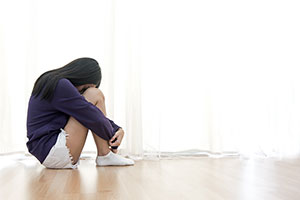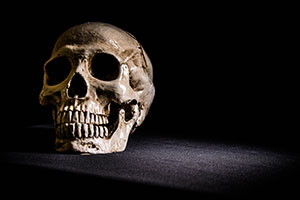Ledura Watkins has finally gained his freedom after serving 41 years for a murder he didn’t commit. The only physical evidence linking Watkins to the 1975 shooting death of Yvette Ingram was a single hair. Watkins, who was 20 years old at the time, spent most of his imprisonment studying law in the hope of proving his innocence.
Watkins’ case highlights the importance of using expert witnesses to challenge forensic evidence presented by state crime lab witnesses. It also underscores the need for judges to assure the reliability of expert evidence offered as proof of guilt in criminal cases.
Evidence Against Watkins
Ingram was murdered during a robbery of her Detroit home. The case against Watkins was based largely on the testimony of Travis Herndon, who claimed to have participated in the robbery with Watkins. Since Herndon was granted immunity in exchange for his testimony, he had a strong incentive to pin the blame on some other person. Witnesses who testify under a grant of immunity are notoriously unreliable, but prosecutors often offer immunized testimony as proof of guilt regardless of its dubious nature.
During cross-examination, Herndon denied selling a ring that was stolen from Ingram’s home to a witness named Michael Miller. The defense wanted to call Miller as a witness. Miller would have testified that he did, in fact, buy the stolen ring from Herndon. Miller refused to testify, however, because he did not want to incriminate himself, fearing he might be charged with receiving stolen property.
The defense asked the prosecution to request immunity for Miller as it had for Herndon, but the prosecution refused to take a step that would have given Watkins a fair trial because that step would have jeopardized Herndon’s credibility. Since only the prosecution can request immunity, the jury did not hear evidence that impeached the credibility of its key witness.
Still, Herndon’s testimony was uncorroborated, and the jury might have rejected it as self-serving if not for a hair found on the victim’s pants. An expert witness for the prosecution testified that the hair “matched” Watkins’ hair with regard to 15 points of comparison. The prosecution’s expert opined that the hair was “microscopically similar” to Watkins’ hair.
The Michigan Court of Appeals affirmed the conviction because “testimony was offered to indicate the general scientific recognition of microscopic analysis of hair.” In cursory fashion, the Court of Appeals determined that the expert’s evidence “satisfied the test for admissibility of scientific opinion testimony.”
Expert Hair Analysis
Hair analysis has come under belated scrutiny in recent years. With the advent of DNA analysis, expert witnesses can now determine with reasonable certainty whether a hair comes from a particular suspect. Forensic scientists understand, however, that obtaining DNA from a hair sample can be challenging. Unless the hair has an intact and uncontaminated root ball, reliable testing for DNA is problematic.
When no DNA is extracted from hair, however, hair analysis rests on a premise that credible scientists now reject. As ExpertPages reported, the President’s Council of Advisors on Science and Technology “sharply criticized a number of widely accepted forensic methods used in criminal trials.” Hair analysis was among the techniques that the Council relegated to the realm of junk science.
The FBI, which once relied on expert witnesses to testify against defendants on the basis of hair analysis, now concedes that “the examiners’ testimony in at least 90 percent of trial transcripts the Bureau analyzed as part of its Microscopic Hair Comparison Analysis Review contained erroneous statements.” In other words, the FBI routinely based arrests and convictions on junk science.
The FBI’s study was conducted jointly with the Innocence Project. Peter Neufeld, Co-Director of the Innocence Project, noted that the FBI’s findings “confirm that FBI microscopic hair analysts committed widespread, systematic error, grossly exaggerating the significance of their data under oath with the consequence of unfairly bolstering the prosecutions’ case.”
Epic Miscarriage of Justice
Watkins’ conviction was only one of many wrongful convictions that have been based on faulty hair analysis. The government’s insistence for so many years that evidence of dubious scientific quality was “generally accepted as reliable” resulted in what Neufeld termed “an epic miscarriage of justice.”
The Innocence Project at the Western Michigan University-Cooley Law School challenged Watkins’ conviction. Marla Mitchell-Cichon, the law school’s Innocence Project director, said that hair comparison is “simply a lab analyst’s subjective opinion and has no place in our criminal justice system.”
The prosecutors who brought the murder charge against Watkins are long gone. Perhaps the lawyers currently working in the Wayne County prosecutor’s office realize that their predecessors unfairly based their case on an immunized witness while depriving Watkins of that same advantage. In any event, the office agreed that the hair evidence against Watkins “was flawed under the new FBI standard for hair comparison.” Since they did not oppose Watkins’ release, a judge finally set him free.


